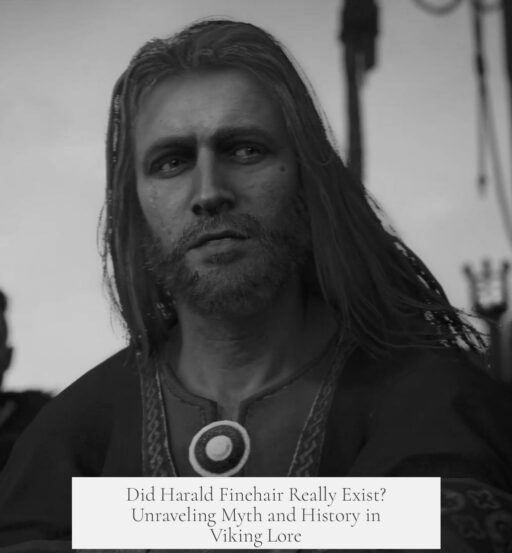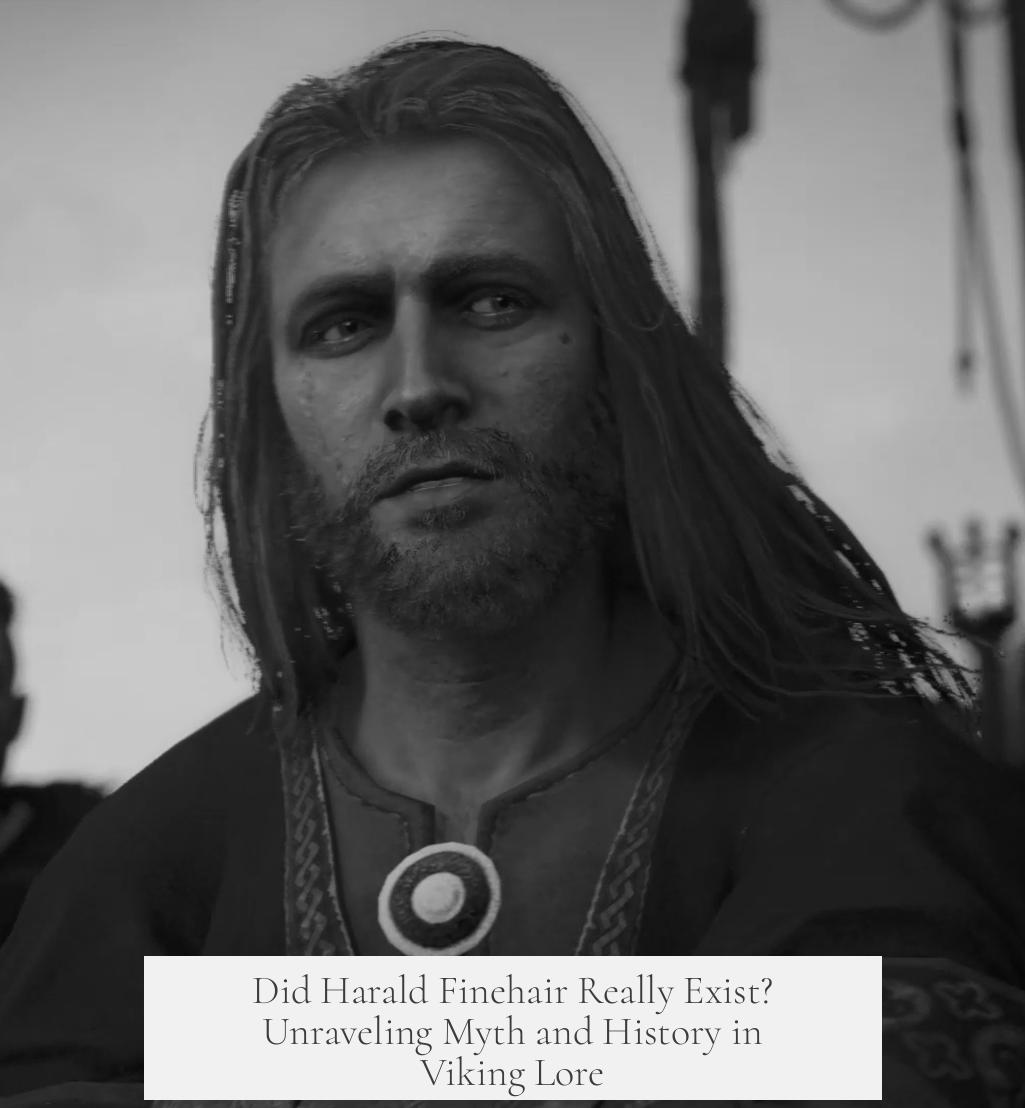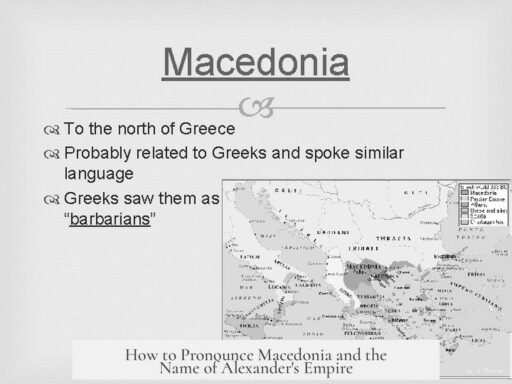Harald Fairhair, as depicted in medieval Norwegian sagas, did not historically exist as the singular figure who unified Norway. Instead, there was a powerful early 10th-century ruler named Harald whose life became the core inspiration for various legends later consolidated into the persona of Harald Fairhair.
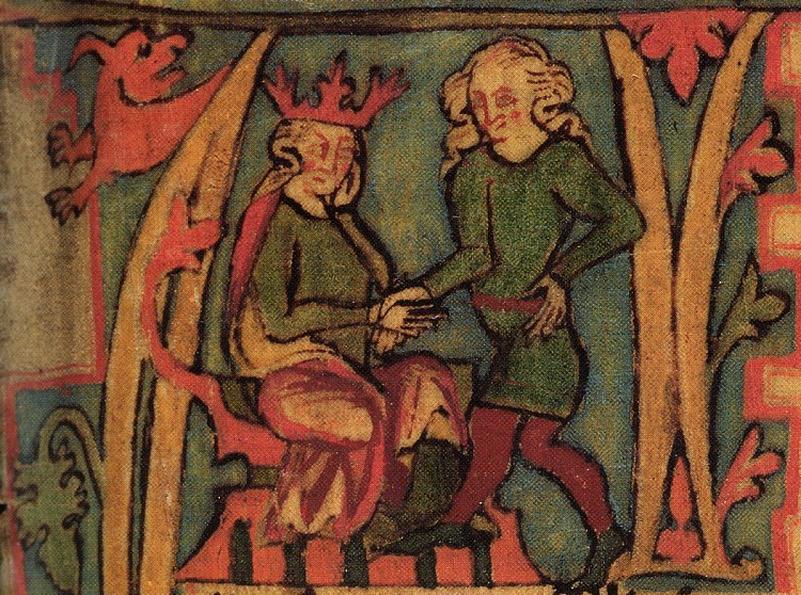
The widely circulated narrative about Harald Fairhair derives mainly from Snorri Sturluson’s 13th-century work, Heimskringla. This saga presents a unified and monarchic Norway under Harald Fairhair, but modern scholars now view this portrayal as mostly legendary. The consensus is that the saga’s “Harald Fairhair” is more comparable to mythic figures like King Arthur, blending history and legend without solid historical grounding.
Reliable historical information about the early 10th-century Harald is sparse but consistent among researchers. Historical sources mention a ruler called Haraldr lúfa, meaning “Harald Unkempt Hair,” living in Norway around the early 900s. He is believed to have fought in the Battle of Hafrsfjord, a key event traditionally dated to the late 9th century, which may have been important in regional power struggles. This Harald also remarried a Danish woman, indicating diplomatic ties or alliances with neighboring kingdoms.
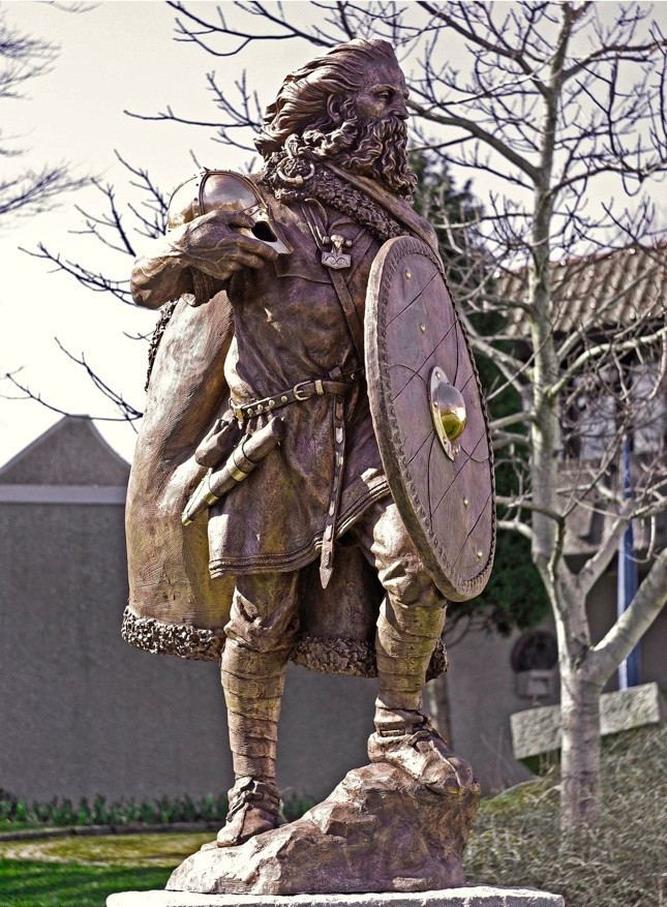
The famed epithet hárfagri, translating as “Fairhair,” is not confirmed as his original nickname. Some scholars argue it likely originated in later centuries, possibly borrowed from an 11th-century king known as Harald Hardrada. Thus, even the most famous part of his identity may be a posthumous addition created by later chroniclers to lend prestige or coherence to the royal lineage.
| Known Historical Facts About 10th-century Harald |
|---|
|
Haraldr lúfa’s descendants appear in contemporary sources. He had at least nine sons, including figures named Eiríkr and Hákon. Their influence was strongest in coastal southwestern Norway—regions such as Rogaland, Vest-Agder, and Hordaland. However, these descendants did not rule a politically unified Norway. Sources do not assign them control over eastern areas like the Oslofjord region.
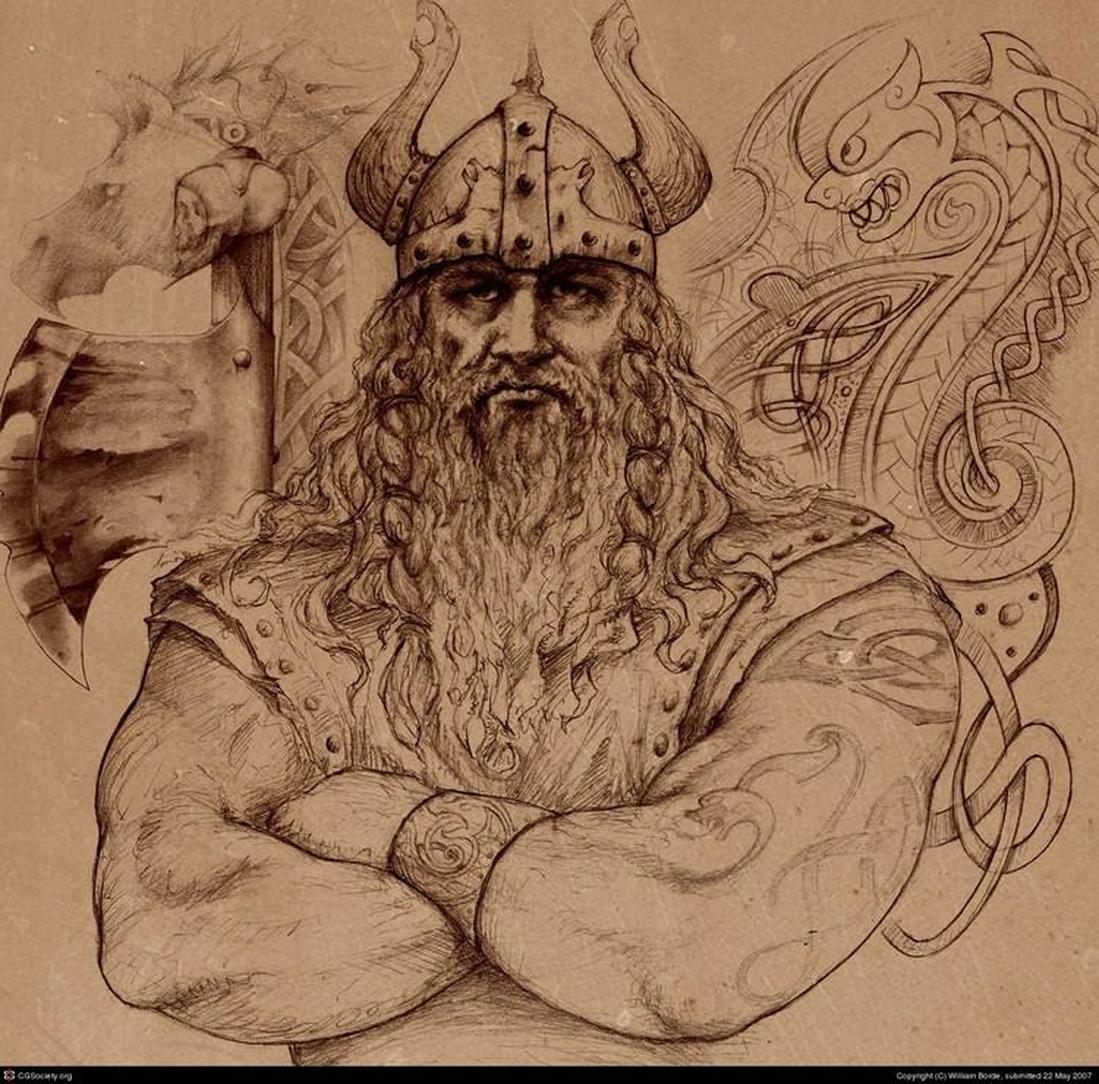
During the late 10th century, the political landscape shifted. The dynasty emerging around Harald’s line seemed to decline, while other regional powers gained strength. The jarls of Lade, based in Trøndelag in central Norway, held significant influence. They also aligned politically and matrimonially with the Jelling dynasty in Denmark. By the end of the first millennium, rulers like Olaf Tryggvason and Olaf Haraldsson, originating from Eastern Norway, rose to prominence. No contemporary records confirm these two Olafs as descendants of Harald’s line.
Historians such as Claus Krag argue that the so-called “Fairhair dynasty” likely ended in the late 10th century, contradicting later medieval claims that Harald Fairhair and his descendants continuously occupied the Norwegian throne. The constructed lineage found in saga literature served national identity and legitimacy rather than reflecting political reality.
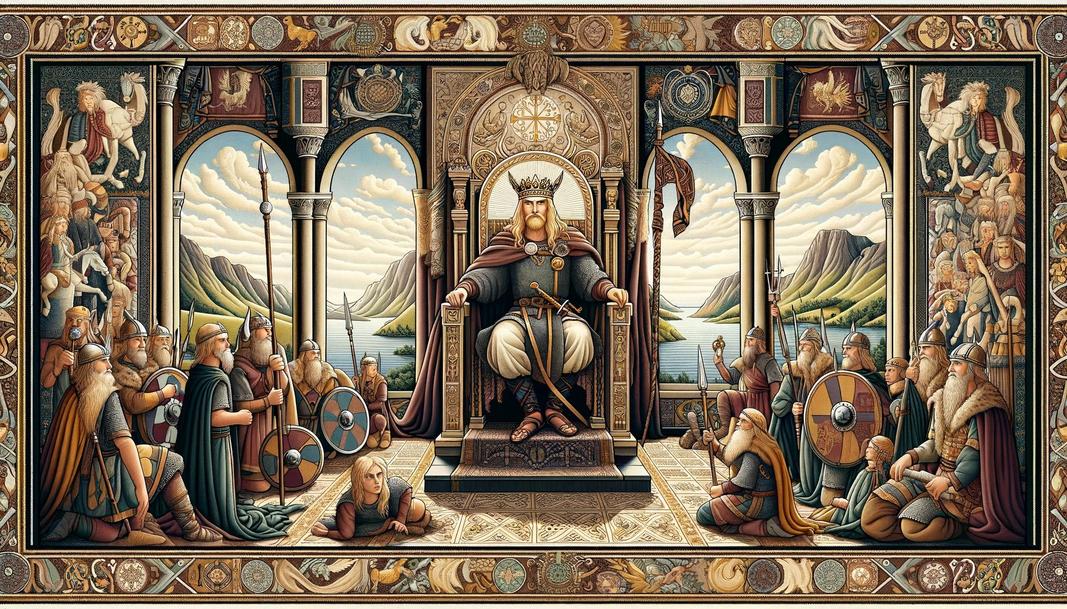
A common confusion arises between Harald lúfa and Harald Hardrada, an 11th-century Norwegian king who died in 1066 during an expedition to England. Harald Hardrada’s existence and his epithet “Fairhair” are documented in contemporary sources. Often modern historical scrutiny separates the legendary 10th-century Harald from this historically attested 11th-century figure.
Norwegian historians actively study and revise the historical narrative about Harald Fairhair. Scholars like Claus Krag have led this reevaluation, confronting the legendary tradition with critical source analysis. Such work reshapes national historical perspectives by distinguishing myth from verified fact. Outside Norway, particularly in the United States, this reassessment gained recognition more slowly.
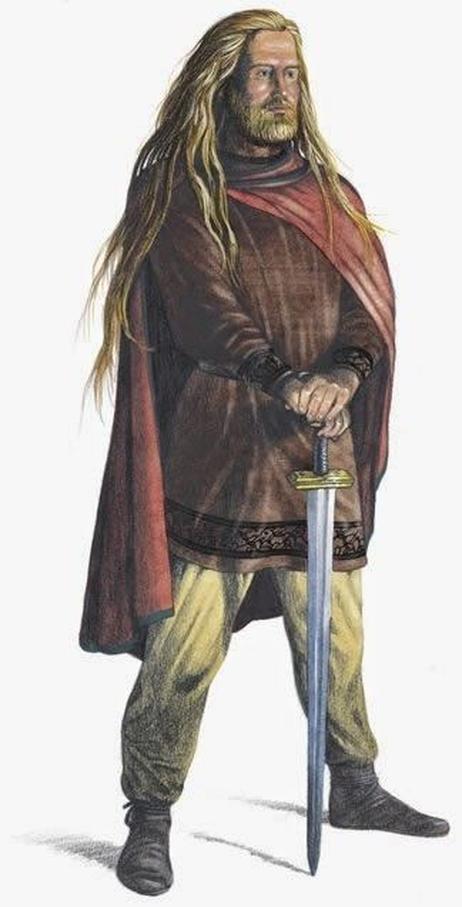
| Distinction of Haralds | 10th-century Harald (Haraldr lúfa) | 11th-century Harald (Harald Hardrada) |
|---|---|---|
| Existence | Historical ruler with limited contemporary records | Historically verified king with contemporary accounts |
| Moniker | Nickname “Fairhair” doubtful or later addition | Nickname “Fairhair” (hárfagri) attested |
| Political significance | Regional ruler, probable battle leader, limited unification | King of Norway, major political and military figure |
Key academic works testing these historical narratives include Claus Krag’s articles and books such as Norges historie fram til 1319, Sverrir Jakobsson’s critical studies on the saga tradition, and Klaus Von See’s examinations of skaldic poetry that inform saga origin and composition.
- The legendary Harald Fairhair is a posthumous construction rather than a historical person.
- Haraldr lúfa, an early 10th-century ruler, forms the factual core for later legends.
- His nickname “Fairhair” is likely a later invention, possibly borrowed from Harald Hardrada (11th century).
- This Harald’s dynasty held regional power but did not politically unify Norway.
- The supposed continuous rule of his dynasty is contradicted by later historical evidence.
- Modern scholarship revises saga narratives to separate myth from historical facts.
Did Harald Fine/Fairhair Actually Exist?
You’ve probably heard tales of Harald Fairhair, the legendary Viking king who united Norway under one crown. But here’s the twist: Harald Fairhair, as the saga-books tell it, never actually existed.
Yes, that’s right. The grand, sweeping stories from Snorri Sturluson’s Heimskringla—written in 13th century Iceland—are more legend than history. They paint a picture of a king whose mighty deeds forged a nation, yet modern historians see this figure more like King Arthur: a glorious myth rather than a documented ruler.
So, What’s the Real Story Behind Harald? A Confusing Tale of Names and Myths
Historical evidence points to a 10th-century ruler named Haraldr lúfa (which oddly means “unkempt hair” in Old Norse, not quite the sleek “Fairhair”). This Harald was indeed a powerful figure in Norway, involved in significant battles, like the Battle of Hafrsfjord, commonly dated to the late 9th century or early 10th century.
Here’s where things get tricky: the name hárfagri or “Fairhair” may not have been his title at all. Scholars suggest that later authors possibly lifted the moniker from Harald Hardrada, a different Norwegian king famed for dying in the 1066 England expedition. Essentially, the most famous nickname for Harald Fine/Fairhair might be a borrowed label.
Confused? You’re not alone.
The Early 10th Century Harald: A Real Ruler with Real Influence
What can we say for certain about this early Harald? Quite a bit, actually, despite the murky details. We know Haraldr lúfa was a ruler in southwestern Norway. His presence is linked to a decisive battle in Hafrsfjord and he had political ties strengthened through marriage to a Danish woman.
He fathered several sons—names like Eiríkr and Hákon pop up in contemporary sources—and their power base was mainly in coastal regions like Rogaland, Vest-Agder, and perhaps Hordaland.
But don’t picture Harald ruling over a politically unified Norway just yet. Documents from that time show competing centers of power. The jarl dynasty of Lade in Trøndelag (central Norway) also wielded significant influence, and there was even a political alliance linking them with Denmark’s Jelling dynasty.
What About Harald Hardrada? Wait, There’s Another Harald…
Yes, there is more than one Harald to keep track of. Harald Hardrada, who reigned in the mid-11th century, was a different king entirely—though possibly related by name or legend.
Hardrada is historically attested, and his “Fairhair” nickname is slightly better documented. Meanwhile, the 10th-century Harald’s legendary status mostly stems from stories told centuries later. So, the “Fairhair” usually refers to Hardrada in authentic historical accounts, not the earlier, legendary Harald.
The Rise and Fall of Harald’s Dynasty
Those early 10th-century Haralds had sons and carved out dynasties in certain regions of Norway, but their control wasn’t absolute or undisputed. Eastern Norway, around the Oslofjord, remained under different rulers. The Lade family and the Jelling dynasty in Denmark offered strong political competition.
By the late 10th century, the dynasty linked to Haraldr lúfa faded from power. The rise of Olaf Tryggvason and Olaf Haraldsson—both from Eastern Norway—illustrates a power shift without clear ties to the earlier Harald family.
In short, the ruling house of the early Harald wasn’t the continuous royal line that later sagas portray. The whole idea of the Fairhair dynasty occupying Norway’s throne uninterrupted since its legendary founder is, well, legend.
How Do Norwegians Handle This Reality Check?
One might wonder if these revelations cause a national identity crisis or shake Norwegian pride. Surprisingly, the academic re-evaluation has been led in part by Norwegian scholars themselves, like Claus Krag, who have examined the evidence critically.
Outside Norway, particularly in places like the U.S., historians might still cling to older versions of the saga. But the trend in modern Norwegian scholarship embraces nuance and complexity, recognizing the blend of myth, political storytelling, and fragmentary history that shaped Harald’s legend.
That said, the legacy of Harald Fairhair as a nation-builder continues to inspire cultural identity and historical reflection—myth or not.
Why Should You Care About This Deep Dive Into Viking History?
- It clears up confusion: If you love Viking tales, knowing the real versus the legendary helps separate fact from fantasy.
- It shows how history is constructed: History isn’t just about facts; it’s about stories we tell and retell to shape identity.
- It encourages healthy skepticism: Just because a story is old doesn’t make it true. Always check sources!
- It respects cultural heritage: Myths have power, but understanding their origins enriches appreciation rather than diminishes it.
Want to Learn More? Dive Into These Sources
For those itching to geek out further, Claus Krag’s works, such as Norges historie fram til 1319 and his article “Norge som odel i Harald Hårfagres ætt,” offer detailed academic insights. Sverrir Jakobsson also presents a critical take in his exploration of medieval Norwegian traditions. These texts peel back the layers of saga and tradition.
And if you want to see how literature and history intersect, Klaus Von See’s studies provide fascinating analyses of skaldic poetry and the saga literature framing Harald’s story.
Wrapping It Up: Myth, History, and the Haraldr Name
So, did Harald Fine/Fairhair actually exist? The short answer is no—at least not as the saga depicts him. What existed was a somewhat elusive 10th-century ruler named Haraldr lúfa, whose exploits inspired legend. The “Fairhair” label likely belongs to a different Harald from the next century.
This blend of myth and history isn’t unusual. Countless cultures build founding myths around figures larger than life. Norway’s Harald stands tall in the pantheon of these stories, reminding us how history and storytelling dance together. And in that dance, sometimes the stories tell us more about ourselves than strict facts ever could.
Now that’s a saga worth telling.
